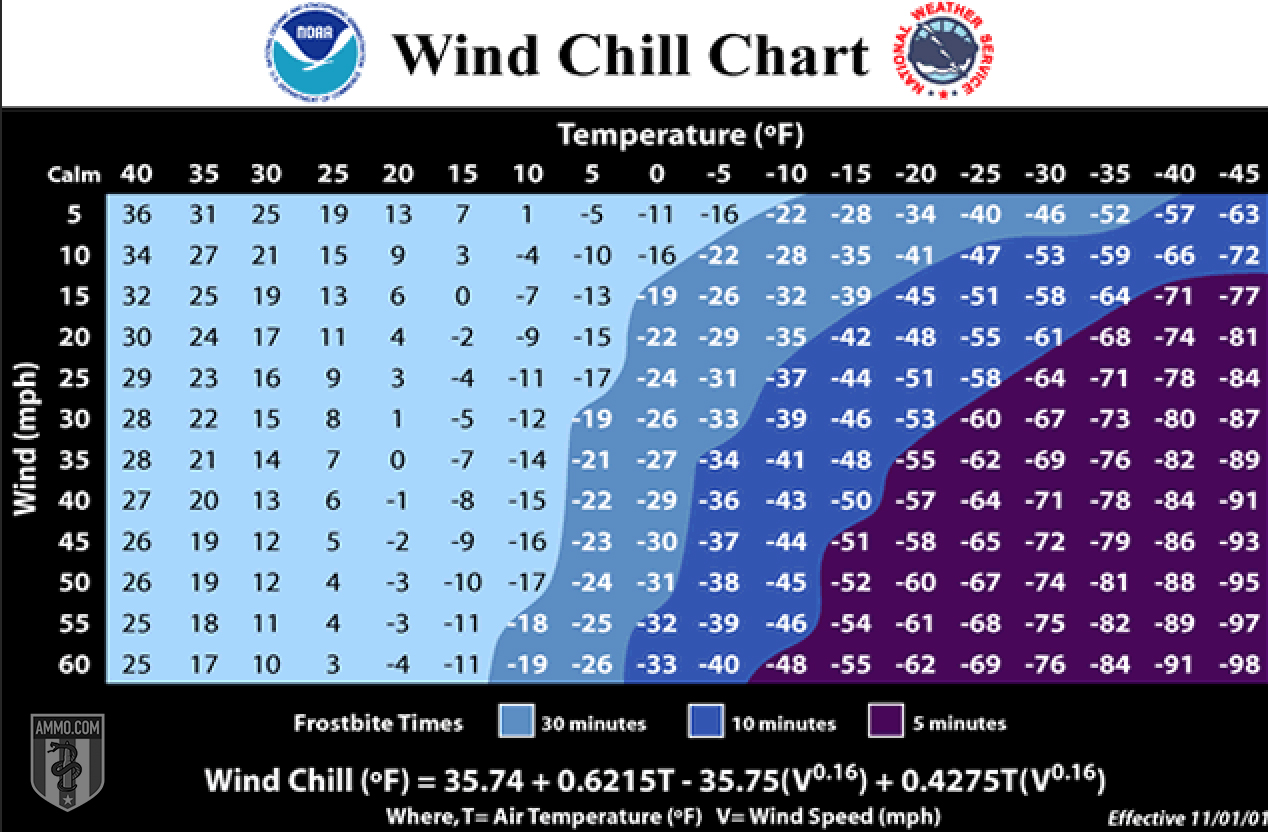When the temperature drops and the snow flies, most people want to stay inside and keep warm, thinking little about preparing for winter weather. But when the cold becomes extreme, it can lead to detrimental consequences.
Winter storms not only bring freezing temperatures, but they can also bring significant amounts of snow and power outages. Extreme winter weather also increases the risk of slips, falls and indoor fires.
Because of these issues, people sometimes refer to winter storms as “deceptive killers,” as many winter weather deaths are not directly caused by the storm or cold, but indirectly related to the weather – including things like motor vehicle accidents, heart attacks, and carbon monoxide poisoning.
Extreme Cold Is More than Just Cold
So what constitutes extreme cold? Well, that depends on your location. In Florida, 25 degrees can be extremely cold and cause a statewide emergency. In New York, 25 degrees is balmy for February, but consistent temperatures below zero start to classify as extreme cold and can lead to dangerous conditions.
Add a winter storm into the mix and then things really start to get nasty. When the temperature drops below 50 degrees Fahrenheit and wind speed reaches three miles per hour (mph) or faster, the National Weather Service issues a wind chill temperature, sometimes referred to as the WCT.
Wind Chill Effect

When human skin is exposed to wind, it causes heat to rapidly leave the body and makes the air temperature seem lower. Wind chill measures this effect by combining the speed of the wind with the current temperature.
The National Weather Service uses a specific, complicated formula to determine the wind chill temperature, or T(wc), that goes like this: Multiply the current temperature by 0.6215, then add 35.74. From that total, subtract 35.75, multiplied by wind speed to the .16 power. Now take that total and add it to 0.4275 times the temperature, multiplied by the wind speed to the .16 power. And that gives you the wind chill temperature. Simple, right?
An easier way to find out the wind chill temperature is to turn on a National Weather Radio (NWR), which reports the weather from the National Oceanic and Atmospheric Administration (NOAA). Reported from the closest National Weather Service office nearest you, the NWR plays 24 hours a day, seven days a week, reporting all local weather forecasts, warnings, watches, and hazardous information.
Let’s look at an example of the wind chill effect. Say the temperature is 40 degrees. When the winds blow at five mph, the wind chill feels like 36 degrees. When the winds kick up to 20 mph, the wind chill drops to 30 degrees. When the temperature is 25 degrees, a five mph wind creates a wind chill of 19 degrees. 20 mph winds make it 4 degrees.
When the temperature reaches zero, five mph winds make the wind chill -11. And when the gusts blow at 20 mph, the temperature feels like -22 degrees, which is cold enough to cause frostbite within 30 minutes.
Wind Chill Watch vs. Warning
The National Weather Service issues extreme weather watches, warnings, and advisories when the risk of weather emergencies may arise. When it comes to the extreme cold, they may issue:
- Wind chill advisory: A wind chill advisory means BE AWARE, cold weather is expected.
- Wind chill watch: A wind chill watches means BE PREPARED, dangerously cold temperatures are possible.
- Wind chill warning: A wind chill warning means TAKE ACTION, very cold air and strong winds are occuring, frostbite and hypothermia are possible. Limit time outside, dress in layers, and don’t expose skin to the elements.
The National Weather Service also issues winter weather advisories, indicating that snow, ice, freezing rain, or sleet can make outside conditions extreme, that travel will be difficult, and to only travel if it’s absolutely necessary.
Continue reading Extreme Cold Preparedness: A Winter Weather Survival Guide to Nature’s “Deceptive Killer” at Ammo.com.

